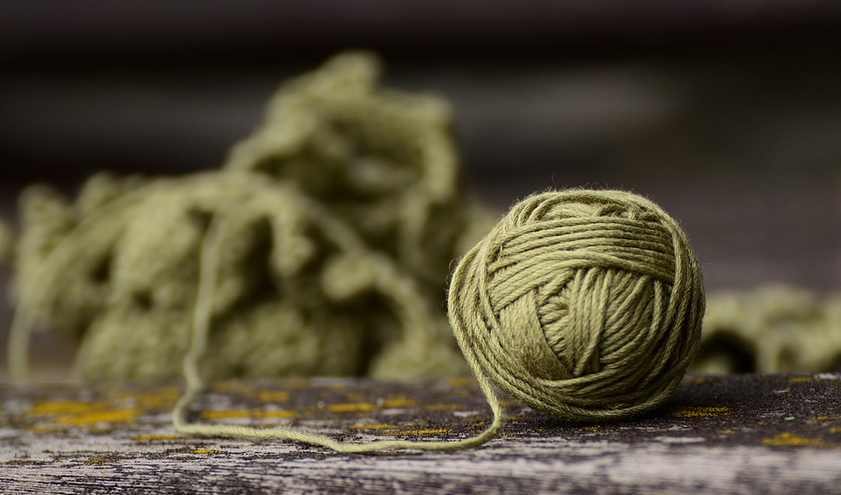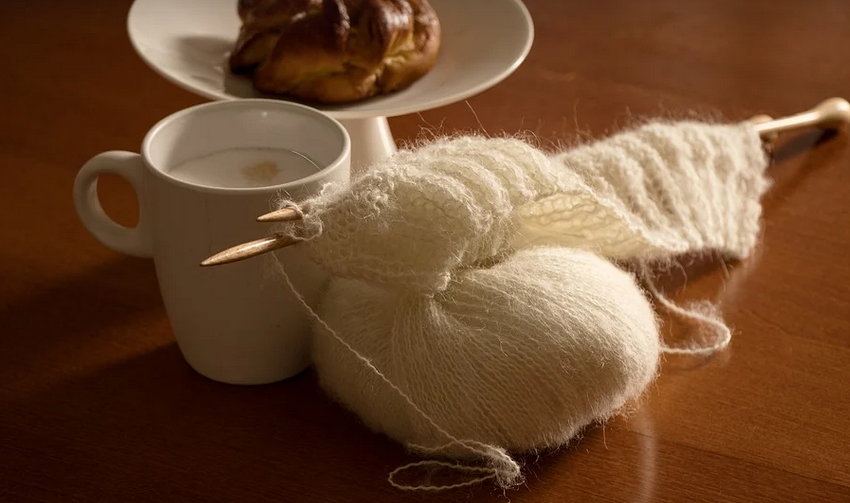
The Great Debate: Stovetop vs. Classic Stuffing
Let’s be honest, the Thanksgiving table is a battlefield of culinary confidence. There are two main camps vying for the coveted “best way to stuff a turkey”: those who swear by the classic, bread-based stuffing and those who champion the ease and flexibility of stovetop stuffing recipes. But what about using those convenient homemade creations for a truly unique Thanksgiving centerpiece?
The traditionalists may scoff – “Stuffing is meant to be baked, not cooked on the stove!” – but hear me out. Stovetop stuffing, especially when made with fresh herbs and flavorful ingredients, can be surprisingly delicious. It allows for greater customization, a more even cooking experience, and ultimately, a juicy turkey that’s bursting with flavor.
The key lies in the preparation. Stovetop stuffing is all about achieving a perfect balance between moistness and texture, achieved by cooking down fresh ingredients like vegetables, herbs, nuts, and even sausage until they meld into a delicious symphony of flavors. The process allows for greater control over the amount of liquid, ensuring that each bite is packed with savory goodness.
But let’s address the elephant in the room – stuffing your turkey with stovetop stuffing. The thought might seem daunting at first, but it can be done! The method starts with a thorough preparation of your stuffing mixture. As you cook down your ingredients and simmer them to perfection, remember to consider the size and shape of your turkey.
If your turkey is relatively large, you might want to create two or even three distinct portions of stuffing. This allows for a more even distribution throughout the bird’s body, ensuring that both the inner cavity and the outer skin receive an equal share of deliciousness.
Before placing the stuffing in your turkey’s cavity, ensure you’ve created a well-sized opening. This allows for a more seamless experience as you carefully fill it with your lovingly crafted mixture. Remember to leave room for expansion during roasting, and avoid overstuffing to prevent potential issues like uneven cooking or a soggy bird.
A crucial step is to use the stuffing recipe’s recommended cooking time alongside your turkey’s overall roasting time. This allows you to ensure that all ingredients are cooked through and the flavors meld together in perfect harmony, creating a truly unique Thanksgiving experience.
The Stovetop Advantage: Flexibility, Flavor, and Convenience
Now let’s delve into why stovetop stuffing stands out from its baked counterpart. The benefits of this cooking method are manifold, adding an extra layer of excitement to your Thanksgiving preparations.
**Flexibility:** Stovetop stuffing offers a remarkable level of customization. You can play around with different ingredients and flavors based on personal preference. Whether it’s incorporating sausage for a savory kick, exploring a mushroom and wild rice blend, or experimenting with a sweet and spicy cornbread base, the possibilities are endless.
**Flavor Explosion:** Stovetop cooking allows you to infuse your stuffing with maximum flavor. The caramelization of spices, the slow-cooked richness of vegetables, and the gentle blending of herbs all contribute to a depth of flavor that simply can’t be achieved in a conventional oven. It’s a testament to the art of culinary creativity.
**Ease and Convenience:** Stovetop stuffing is known for its simplicity. It requires minimal cleanup, reduces cooking time significantly compared to traditional methods, and offers greater control over the overall cooking process.
Tips and Tricks: Master the Art of Stovetop Stuffing
To ensure a successful stovetop stuffing adventure, here are some essential tips and tricks:
**Use Fresh Ingredients:** The foundation of any good stuffing lies in fresh ingredients. Use high-quality bread, vegetables, herbs, and spices for the most authentic flavor experience.
**Seasoning is Key:** Don’t shy away from using a generous amount of salt, pepper, and other seasonings to enhance your stuffing’s overall taste. The goal is to create a complex and savory flavor profile that complements the turkey.
**Adding Liquids Wisely:** The right amount of liquid is crucial for achieving a perfect texture. Start with broth or stock, then gradually add water as needed to achieve your desired consistency. Remember, less is often more when it comes to stuffing. Over-watering can lead to a soggy result, so strike a balance between moisture and firmness.
**Don’t Overcrowd:** Stovetop cooking requires careful attention to the amount of ingredients you use. Avoid overcrowding your pot as this can impact the cooking process. Ensure ample space for even browning and thorough mixing.
**Timing is Everything:** Keep a close eye on your stovetop stuffing while it’s cooking, adjusting heat levels as needed to maintain optimal texture and flavor. It’s about finding that sweet spot between moistness and firmness, allowing those flavors to bloom.
**Get Creative:** The beauty of stovetop stuffing is its versatility. Feel free to experiment with different ingredients, herbs, and spices to create your own signature recipe. It’s about expressing your culinary creativity and making a statement on the Thanksgiving table.






